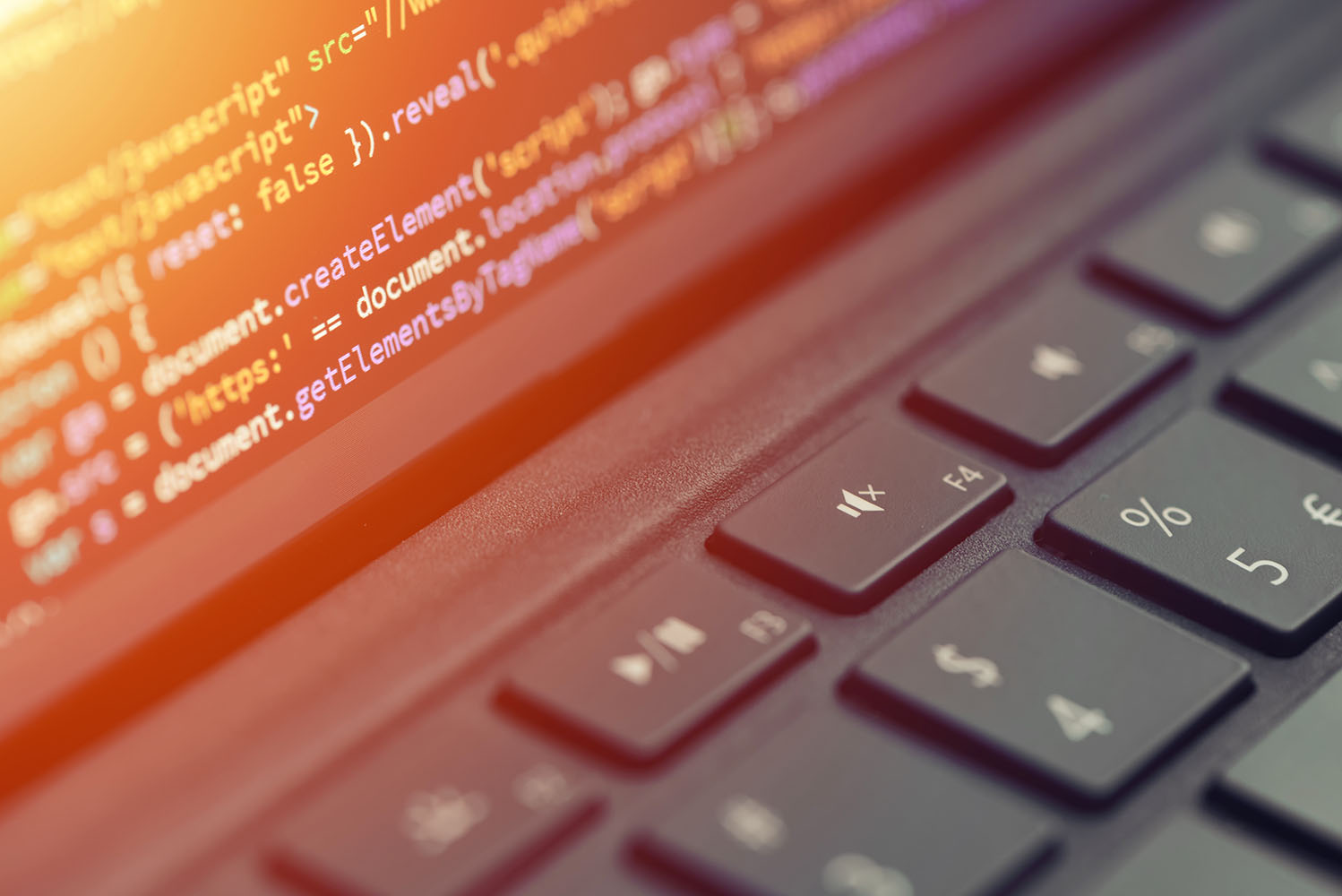UK Court of Appeal finds AI invention falls foul of computer program patentability exclusion
Published on 30th Jul 2024
High Court's decision overturned, with the Court of Appeal finding an AI invention was not patentable

The Court of Appeal has recently held that an AI invention was a computer program "as such" and therefore was not patentable, overturning a High Court decision. The decision concerned a system for providing media-file recommendations to end users based on an artificial neural network (ANN) that had been trained in a distinct manner.
The court was clear that inventions involving ANNs should be treated in the same way as any other computer implemented invention. An ANN is a machine for processing information and thus a computer, with its "weights" being a series of instructions, and thus a program.
In determining whether the computer program exclusion applies, one has to consider the function of the computer program and whether it makes a technical contribution. Here, the function of the ANN system was to provide improved file recommendations. The recommendations themselves were not technical in nature and therefore the computer program exclusion applied.
This decision will be disappointing for AI innovators, rowing back on the permissive approach to the patentability of AI inventions from the High Court. However, it is perhaps unsurprising and is in line with the decision of the hearing officer at the UK Intellectual Property Office (UKIPO) as well as case law from the European Patent Office, which was cited in the decision. It is now clear that AI implemented inventions are on the same footing as any other computer implemented invention.
Background
This appeal stems from a decision of the UKIPO where the hearing officer had concluded that the invention was "no more than a computer program" and the invention's contribution was "no more than a computer programming activity".
The hearing officer also rejected the contention that the provision of file recommendations was a technical effect over and above the running of a computer program, finding the benefit of the recommendation to be "of a subjective and cognitive nature" instead.
The High Court overturned the hearing officer's decision. Sir Anthony Mann held that neither a software or hardware ANN was a computer program "as such" and therefore the patentability exclusion was not applicable.
He also went on to consider the question of technical effect obiter, finding that the hearing officer had been wrong to hold the benefit of the recommendation to be subjective and therefore not technical. He concluded that the ANN had made its analysis and selection in a technical way, which was sufficient to meet the requirement of a technical effect to avoid the exclusion.
Grounds of appeal
The Comptroller appealed on four grounds. First, the judge below had erred in finding that the computer program patentability exclusion did not apply. Second, the judge was wrong to rely on Emotional Perception's concession that a hardware ANN was a computer without a program. Third, the judge was wrong to exclude the consideration of the mathematical method patentability exclusion. Fourth, the judge was wrong to find that the claimed invention involved a substantive technical contribution.
Computer program patentability exclusion
Lord Justice Birss, delivering the leading judgment with which Arnold and Davies LJJ agreed, began by considering the first and second grounds of appeal together. The Court of Appeal held that a computer is defined as "a machine which processes information" and a computer program is "a set of instructions for a computer to do something". Emotional Perception had sought to make limitations to this definition, for example, drawing a distinction between instructions created by a computer and those created by a human. The court rejected this, noting that there was no justification for drawing such a distinction in law.
Lord Justice Birss was clear that an ANN is a computer and the weights and biases of an ANN, irrespective of whether the ANN is implemented in hardware or software, are a computer program. Although in different ANNs the different weights will cause the machine to process information in a different way, the set of weights as a whole instruct the machine to process information it is presented with in a particular way.
As a result of this analysis, the Court of Appeal disagreed with Sir Anthony Mann in the High Court, finding that the exclusion from patentability of a program for a computer as such in s 1(2) of the Patents Act 1977 was engaged.
The court reiterated that there was no difference in the application of the exclusion to a hardware or software ANN as the weights and biases, however implemented, are a program for a computer.
However, just because the computer program patentability exclusion applies, that does not mean that an ANN implemented invention is unpatentable. ANN implemented inventions are merely on the same footing as other computer implemented inventions and the analysis turns on whether the invention makes a technical contribution.
Technical contribution
Lord Justice Birss found that the function of the claimed invention was to provide improved file recommendations from the trained ANN. The training activity described in the claim was held to be "subsidiary in nature and irrelevant" as it was part of the creation of the computer program. Thus, the court's analysis turned on whether the provision of the recommendation message was a technical contribution.
The Court of Appeal sided with the hearing officer, finding that the exclusion applied because the beneficial effect of the file recommendation was its semantic qualities, which are "subjective and cognitive in nature". These semantic qualities are not technical and could not turn the claimed invention into a system that produced a technical effect outside of the excluded subject matter. The Comptroller's appeal was allowed and the hearing officer's decision was upheld.
Mathematical method exclusion
The court only made a brief obiter comment on this exclusion because of the finding that the computer program exclusion applied.
Lord Justice Birss stated that if the weights and biases of an ANN were not a computer program, then it would be hard to see how they were not a mathematical method, in which case the same analysis would apply with the same result that the exclusion applied.
Osborne Clarke comment
The Court of Appeal has reversed the more AI innovator-friendly position taken by the High Court, albeit the High Court's decision was a departure from the commonly held view among practitioners.
This judgment does not suggest that AI implemented inventions are unpatentable but, as with other computer implemented inventions, there will need to be a technical contribution. Moreover, the computer program patentability exclusion will apply equally to hardware and software ANNs.
The High Court's decision had prompted the UKIPO to revise its examination guidance for patent applications relating to AI inventions, which was temporarily suspended in light of the decision. The UKIPO has now released new guidance, which confirms that examiners should treat ANN implemented inventions like any other computer implemented invention.
The Court of Appeal's judgment comes as we have a newly elected government and a new IP minister. In its election manifesto, the Labour Party stated that it wants to ensure that its industrial strategy supports the development of AI. It had been reported that an AI bill would be included in the King's Speech but this did not come to pass, so we do not yet have a clear indication of what position the new government will take on AI and whether the Court of Appeal's decision will put the patentability of AI inventions on the government's agenda.





